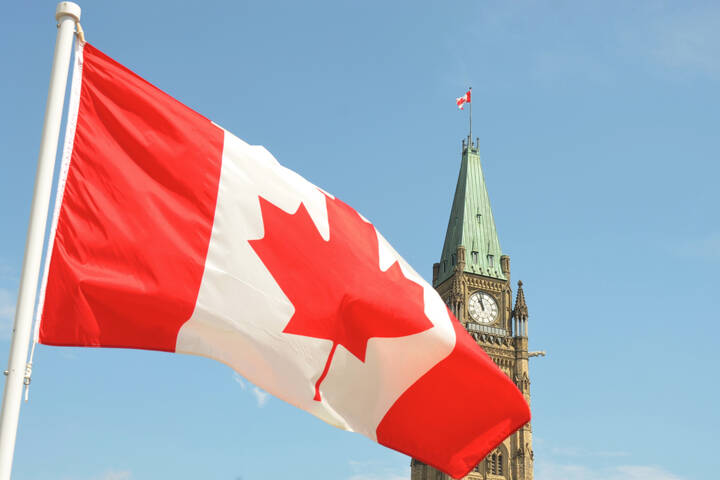
Here's how each province in Canada is doing at flattening the curve
Wouldn't it be handy if somebody created a chart to show how each province in Canada was flattening the curve of COVID-19?
Well, PhD students Jean-Paul R. Soucy and Isha Berry at the University of Toronto have done exactly that.
Using data pulled from public sources including government reports and news outlets, Soucy and Berry created an interactive dashboard for up-to-date visual analytics on how the virus is spreading in each province.
March 18 updated #COVID19 numbers—a total of 727 cases in #Canada, of which 130 were reported today.
— Isha Berry (@ishaberry2) March 19, 2020
Provincial summaries, maps, and demographics in our (@JPSoucy) dashboard👇🏽https://t.co/iEliVXlTY5#Opendata available 👇🏽https://t.co/W03mfAcC6t pic.twitter.com/pBiFgCqIYK
Overall, Canada has tested more than 50,000 people for COVID-19. Our curve increased sharply around March 11, when the total number of coronavirus cases reached 100.
British Columbia's curve is increasing the fastest, with Ontario following closely behind; however, B.C. also has a slightly higher per-capita testing rate, which could be influencing the data.
Alberta and Quebec's curves are running parallel with one another.
Want to see how well we are doing in #Ontario re: bending the #COVID19 curve? Answer= We need to work harder. Courtesy of @DFisman @UofT_dlsph pic.twitter.com/nf98fVajPI
— Angela M. Cheung (@AngelaMCheung) March 19, 2020
It's unsurprising that Quebec and Alberta have flatter curves than B.C. and Ontario, considering the early aggressive measures that both provinces took to slow the spread of COVID-19.
On March 12, Quebec and Alberta both declared a ban on public gatherings, with less than 23 cases of coronavirus in each province at the time. Alberta cancelled all schools just three days later.
B.C. similarly banned public gatherings on March 12, but there were already 53 cases in the province — more than twice as many cases as Alberta.
The province didn't cancel schools until March 17, when there were already 185 cases of coronavirus and seven deaths in the province.
For the health & safety of our students & school communities & to contain the spread of #COVID19 we are directing all schools to immediately to suspend in-class instruction until further notice. #bced
— Rob Fleming (@Rob_Fleming) March 17, 2020
Manitoba, Saskatchewan, Nova Scotia, New Brunswick, Newfoundland and P.E.I are still at the beginning of their curves, although several of the provinces have already taken aggressive measures to slow the spread of COVID-19.
New Brunswick declared a state of emergency on Thursday with only 11 cases of coronavirus in the province, and Manitoba closed schools with only three cases on March 13.
State of emergency declared in response to COVID-19https://t.co/T61d17mM27
— Government of NB (@Gov_NB) March 19, 2020
On a federal level, Canada is taking massive strides to flatten the curve.
Some of the measures include closing the country's borders to international travel, partially closing the Canada-U.S. border, closing National Parks and encouraging Canadians to practice social distancing — potentially for months.
Canada continues to be amongst the top performers in the world for widespread COVID-19 testing.
Latest Videos
Join the conversation Load comments







